
-
IT and Data Center Certification-
Data Center Design and Architecture-
Assessing the Role of Network Design in Data Center Performance
We provide comprehensive solutions designed to help our clients mitigate risks, enhance performance, and excel in key areas such as quality, health & safety, environmental sustainability, and social responsibility.
Discover
For many years, our organization has been operating successfully, boasting modern laboratories that meet international standards. These laboratories are equipped with the latest technology devices and equipment, and we have built a strong team of experienced and trained personnel to operate them.
DiscoverWelcome to Eurolab, your partner in pioneering solutions that encompass every facet of life. We are committed to delivering comprehensive Assurance, Testing, Inspection, and Certification services, empowering our global clientele with the ultimate confidence in their products and processes.
Discover
-
IT and Data Center Certification-
Data Center Design and Architecture-
Assessing the Role of Network Design in Data Center PerformanceAssessing the Role of Network Design in Data Center Performance
The data center is a critical component of modern IT infrastructure, serving as the backbone for many organizations digital operations. As the amount of data generated and processed continues to grow exponentially, the importance of efficient data center design has never been more pronounced. At the heart of any effective data center lies its network design, which plays a crucial role in determining overall performance, scalability, and reliability.
In this article, we will delve into the intricacies of network design in data centers, exploring its impact on performance, the key considerations for designing an optimal network, and best practices for ensuring seamless operations. We will also provide a detailed examination of two critical aspects of network design: traffic management and security protocols.
Understanding Network Design
Network design refers to the process of creating a structured plan for the physical and logical connections within a data centers network infrastructure. This includes determining the types of cables, switches, routers, firewalls, and other equipment required to support communication between servers, storage devices, and other components. A well-designed network provides numerous benefits, including:
Improved scalability: With an efficient network design, it is easier to add new resources, such as servers or storage devices, as demand grows.
Enhanced reliability: Network redundancy ensures minimal downtime due to equipment failure or maintenance requirements.
Reduced latency: By optimizing network pathways and reducing congestion, data transfer times are minimized, resulting in faster application performance.
Key Considerations for Designing an Optimal Network
When designing a network for a data center, there are several key considerations to keep in mind:
Traffic Management: This involves determining the types of traffic that will flow through the network and how they should be managed. Key factors include:
Type of traffic (e.g., storage, compute, or management)
Traffic volume and patterns
Latency requirements for different applications
Strategies for managing congestion and optimizing data transfer
Security Protocols: Ensuring the security of network communications is paramount. Key considerations include:
Encryption methods (e.g., SSL/TLS) for secure communication
Authentication protocols (e.g., RADIUS or TACACS) for access control
Firewalls and intrusion detection systems for monitoring and controlling network activity
Traffic Management
Effective traffic management is critical to ensuring optimal data center performance. This involves understanding the types of traffic that will flow through the network, including storage, compute, and management traffic. Some key strategies for managing traffic include:
Segmenting the Network: Divide the network into segments or VLANs (Virtual Local Area Networks) to isolate specific types of traffic and reduce congestion.
Implementing Quality of Service (QoS): Prioritize critical applications or traffic flows using QoS policies, ensuring that they receive sufficient bandwidth and resources.
Monitoring and Analysis Tools: Utilize tools like network packet capture and analysis software to identify bottlenecks and optimize data transfer.
Security Protocols
Data center security is an ongoing concern, with various protocols and technologies in place to protect against unauthorized access or malicious activity. Some key considerations include:
Encryption Methods: Use encryption methods such as SSL/TLS for secure communication between servers and applications.
Authentication Protocols: Implement authentication protocols like RADIUS or TACACS for access control and identity verification.
Firewalls and Intrusion Detection Systems: Deploy firewalls to monitor and control network activity, while intrusion detection systems can identify potential security threats.
QA Section
1. What are the primary benefits of a well-designed network in a data center?
A: Improved scalability, enhanced reliability, reduced latency, and faster application performance.
2. How does network design impact traffic management in a data center?
A: Network design determines how traffic is managed, including segmentation, QoS policies, and monitoring and analysis tools.
3. What are some key security protocols to consider for a data center network?
A: Encryption methods (e.g., SSL/TLS), authentication protocols (e.g., RADIUS or TACACS), firewalls, and intrusion detection systems.
4. How can I optimize traffic flow in my data center network?
A: Utilize strategies such as segmentation, QoS policies, and monitoring and analysis tools to identify bottlenecks and optimize data transfer.
5. What are some common challenges when designing a data center network?
A: Scalability limitations, security risks, and latency concerns can all impact the effectiveness of a data center network.
6. How do I ensure that my data center network is secure?
A: Implement robust security protocols, including encryption methods, authentication protocols, firewalls, and intrusion detection systems.
7. What are some best practices for designing an optimal network for a data center?
A: Ensure scalability, implement QoS policies, utilize monitoring and analysis tools, and maintain a regular maintenance schedule to ensure optimal performance.
8. How can I determine the types of traffic that will flow through my data center network?
A: Analyze existing traffic patterns and identify specific requirements for different applications or services.
9. What are some common network design pitfalls that organizations should avoid?
A: Failing to consider scalability, security, and latency requirements can all impact the effectiveness of a data center network.
10. How do I know if my current network design is meeting performance expectations?
A: Regularly monitor network performance using tools like packet capture software or performance monitoring dashboards.
In conclusion, effective network design plays a vital role in ensuring optimal data center performance. By considering traffic management and security protocols, organizations can ensure seamless operations, scalability, and reliability. Remember to prioritize the key considerations outlined above when designing your data center network, and dont hesitate to consult with industry experts if you need additional guidance or support.

Construction and Engineering Compliance
Construction and Engineering Compliance: Ensuring Safety, Quality, and Regulatory Adherence In the ...

Automotive Compliance and Certification
Automotive Compliance and Certification: Ensuring Safety and Efficiency The automotive industry is ...

Renewable Energy Testing and Standards
Renewable Energy Testing and Standards: Ensuring a Sustainable Future The world is rapidly transiti...

Pharmaceutical Compliance
Pharmaceutical compliance refers to the adherence of pharmaceutical companies and organizations to l...

Environmental Simulation Testing
Environmental Simulation Testing: A Comprehensive Guide In todays world, where technology is rapidl...
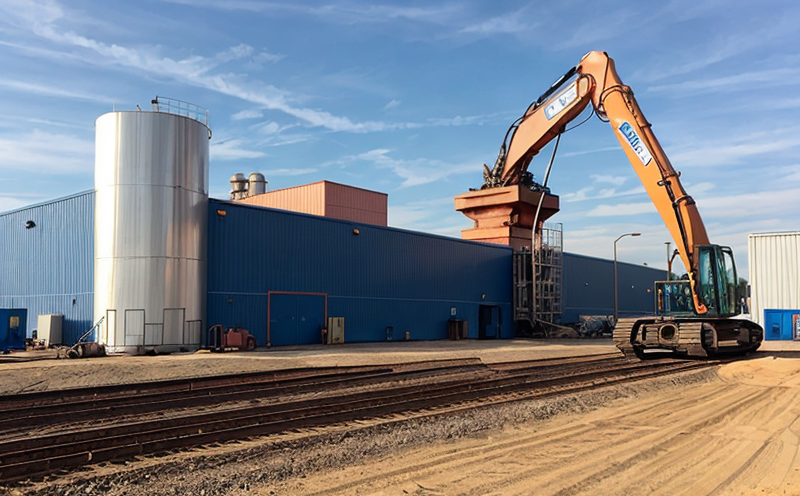
Industrial Equipment Certification
Industrial equipment certification is a critical process that ensures industrial equipment meets spe...

Fire Safety and Prevention Standards
Fire Safety and Prevention Standards: Protecting Lives and Property Fire safety and prevention stan...
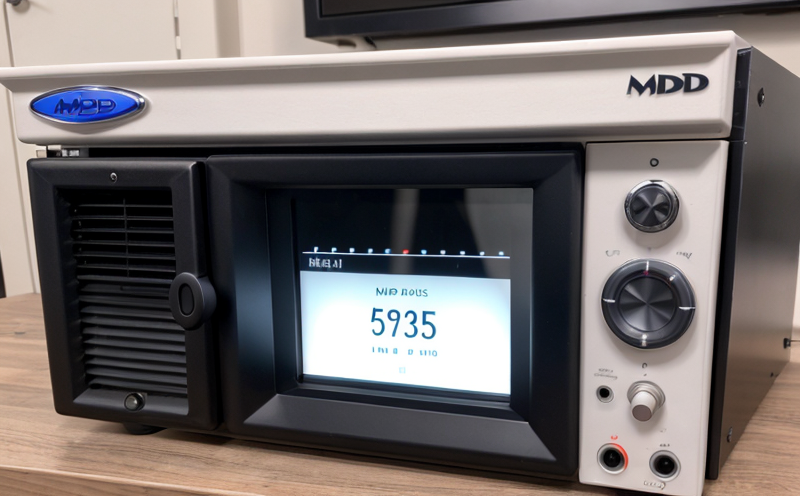
MDR Testing and Compliance
MDR Testing and Compliance: A Comprehensive Guide The Medical Device Regulation (MDR) is a comprehe...

Agricultural Equipment Certification
Agricultural equipment certification is a process that ensures agricultural machinery meets specific...

Food Safety and Testing
Food Safety and Testing: Ensuring the Quality of Our Food As consumers, we expect our food to be sa...

Military Equipment Standards
Military Equipment Standards: Ensuring Effectiveness and Safety The use of military equipment is a ...

Electromechanical Safety Certification
Electromechanical Safety Certification: Ensuring Compliance and Protecting Lives In todays intercon...

Railway Industry Compliance
Railway Industry Compliance: Ensuring Safety and Efficiency The railway industry is a critical comp...
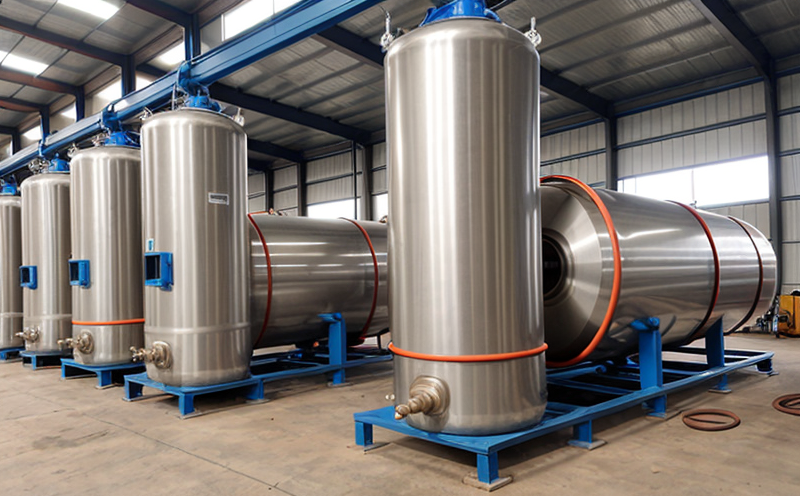
Pressure Vessels and Installations Testing
Pressure Vessels and Installations Testing Pressure vessels are a critical component of various ind...

Consumer Product Safety
Consumer Product Safety: Protecting Consumers from Harmful Products As a consumer, you have the rig...

Chemical Safety and Certification
Chemical safety and certification are critical in ensuring the safe management of products and proce...

Healthcare and Medical Devices
The Evolution of Healthcare and Medical Devices: Trends, Innovations, and Challenges The healthcare...

Lighting and Optical Device Testing
Lighting and Optical Device Testing: Ensuring Performance and Safety Lighting and optical devices a...

Transportation and Logistics Certification
Transportation and Logistics Certification: A Comprehensive Guide The transportation and logistics ...

Energy and Sustainability Standards
In today’s rapidly evolving world, businesses face increasing pressure to meet global energy a...

Trade and Government Regulations
Trade and government regulations play a vital role in shaping the global economy. These regulations ...

Hospitality and Tourism Certification
Hospitality and Tourism Certification: Unlocking Opportunities in the Industry The hospitality and ...
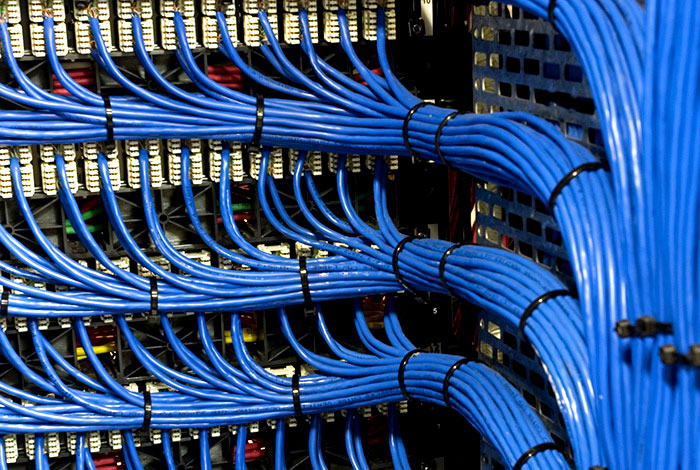
NEBS and Telecommunication Standards
Network Equipment Building System (NEBS) and Telecommunication Standards The Network Equipment Bu...

Product and Retail Standards
Product and Retail Standards: Ensuring Quality and Safety for Consumers In todays competitive marke...

Environmental Impact Assessment
Environmental Impact Assessment: A Comprehensive Guide Environmental Impact Assessment (EIA) is a c...

Aviation and Aerospace Testing
Aviation and Aerospace Testing: Ensuring Safety and Efficiency The aviation and aerospace industr...
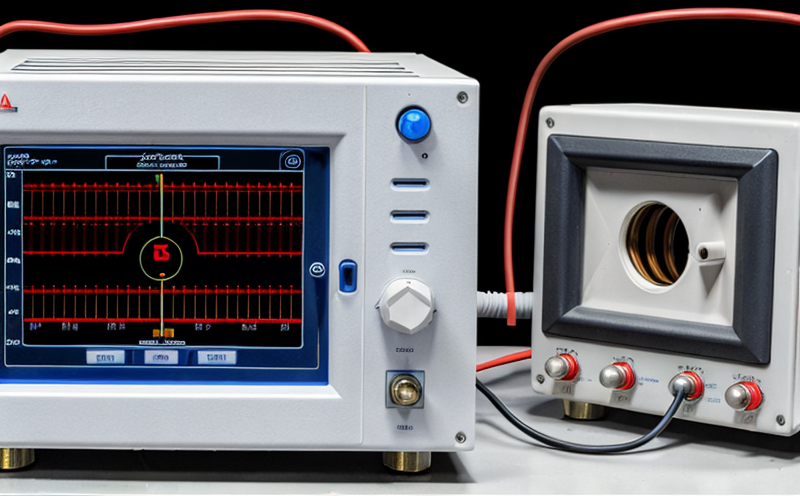
Electrical and Electromagnetic Testing
Electrical and Electromagnetic Testing: A Comprehensive Guide Introduction Electrical and electrom...

Battery Testing and Safety
Battery Testing and Safety: A Comprehensive Guide As technology continues to advance, battery-power...
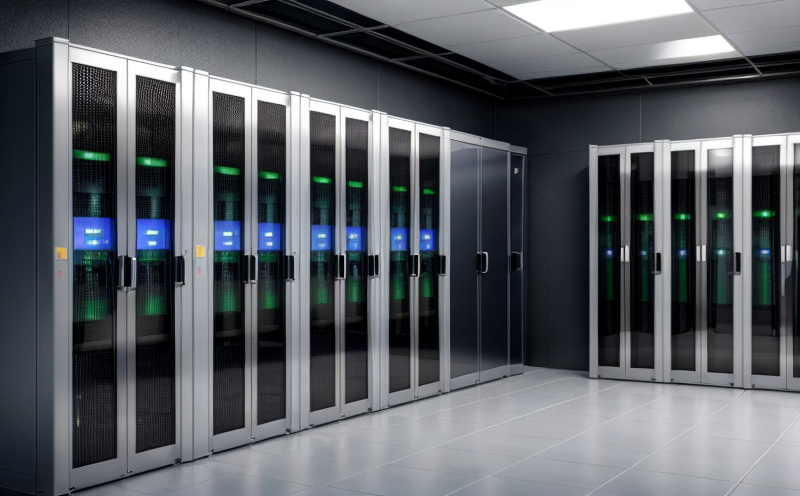
IT and Data Center Certification
IT and Data Center Certification: Understanding the Importance and Benefits The field of Informatio...

Cosmetic Product Testing
The Complex World of Cosmetic Product Testing The cosmetics industry is a multi-billion-dollar ma...